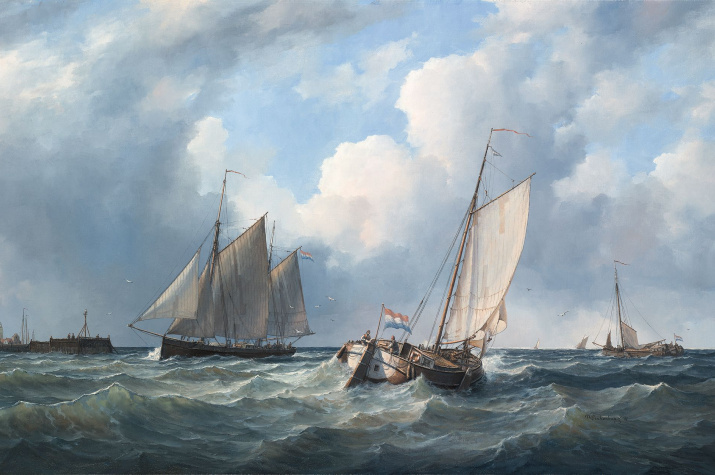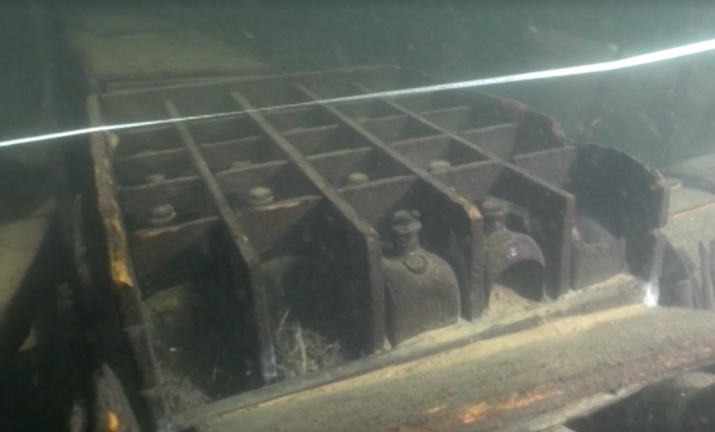The specialists from the Underwater Research Center of the RGS have begun to study a mysterious early 18th century ship, discovered at the bottom of the Gulf of Finland. It is assumed that this is a Dutch ship that was sailing to the newly founded St. Petersburg. Hundreds of glass bottles were found on board the ship, which is why it received the code name "Butilochnik".
In 2018, the sailors of the Baltic Fleet accidentally discovered an unknown wooden object at the bottom of the Gulf of Finland near Moshchny Island . It immediately drew the attention of the RGS Underwater Research Center specialists. In 2019, the center's divers made their first dive to the object and made sure that it was an old ship. It lay at a depth of more than 50 meters, it had no masts and windlass. The specialists of the Underwater Research Center of the Russian Geographical Society suggested that this was a Dutch tjalk - a sailing cargo vessel. The ship probably sank in the middle of the 18th century.
Detailed studies of the ship started in August 2020. On board the vessel, divers found an interesting cargo - hundreds of glass bottles: narrow and wide, factory-made and handmade. The glass industry of the 18th century is represented on the ship in all its diversity.
Most of the bottles have not survived. It is possible to determine what was transported in the vessels only by the smell and type of bottles. On several types of bottles, a stamp was found with the marking of the drink. In the past, gin was stored in such vessels, in particular.
“Most likely, the ship was sailing to St. Petersburg and was carrying bottles of alcohol on board,” says Roman Prokhorov, an underwater archaeologist and restorer of the Underwater Research Center of the Russian Geographical Society. “But what exactly was in the bottles is difficult to say, because now there is just rotten substance. Several bottles smell of pine needles, eucalyptus."
The researchers at the Underwater Research Center of the Russian Geographical Society have already contacted the staff of the State Hermitage Museum - there were no such vessels in the museum's collection. The archaeological community is eagerly awaiting the artifacts raised from the depths of the bay.
The specialists from the Underwater Research Center of the RGS will continue to study the ship. They still have to find out its exact age, to understand where and why the ship was going. For this, the researchers, will use archival materials, in particular.


